AFFILIATE DISCLOSURE: Some of the links you see on Coal Region Canary may earn the site a small monetary commission when you click or tap them.
We originally wrote this article prior to a big snowstorm that never was. We never really imagined we’d be putting a new intro on to it to deal with the times in which we find ourselves.
So, while buying bread and milk prior to a snowstorm may not be the best idea, if you’re going to the grocery store to stock up on food for an extended period of social distancing, you’re definitely going to need those and other perishable items, too. But, it’s always a good idea to keep other items in your pantry that could help you get through any extended period of time when you’re not able to get to a store regularly.
The idea here is that we need survival goods. During a big snowstorm, the power could go out. Or the roads could be closed.
2 Week Food Supply List
The Federal Emergency Management Agency (FEMA) suggests having a 2 week food supply on hand in case of emergency, like a doozy of a snowstorm (or now, a global pandemic). They say it’s unlikely you’ll need a two week supply of food but here we are …
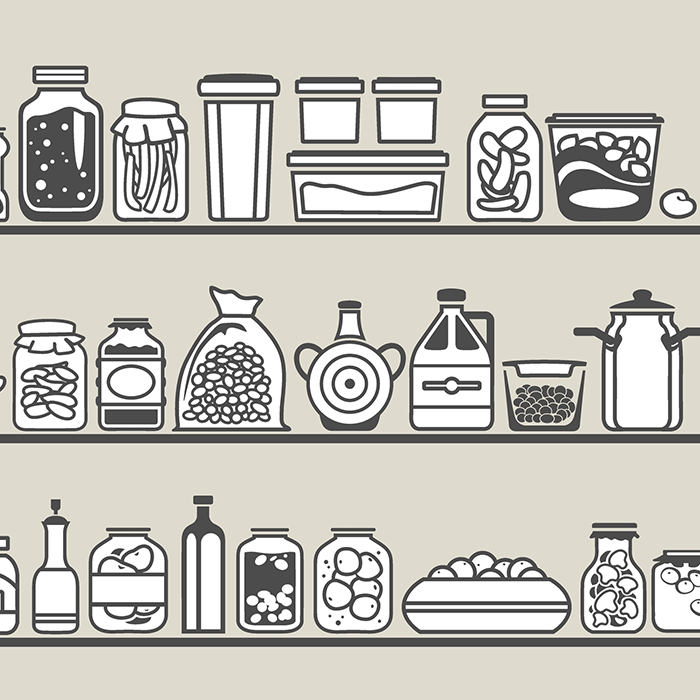
(Image license purchased via Depositphotos.com)
But a report from SkilledSurvival.com shows that 53% of American households don’t even have a 3-day supply of non-perishable foods on hand.
Kidding aside, even if there isn’t a snowstorm forecast to close the roads and schools for days, a week or longer, it’s probably never a bad idea to have this two week food supply on hand.
We’ve created this list to help you prepare. The things you’ve been told to get for years are lies …
- Canned vegetables (don’t forget potatoes!)
- Canned meats (tuna, chicken, salmon, SPAM)
- Canned beans
- Jerky or dried meat
- Trail mix
- Dried fruit
- Dried beans
- Cereal
- Oatmeal
- Pasta
- Rice
- Spaghetti and other prepared sauces
- Canned soups and pastas
- Canned fruit
- Pickled food
- Coffee and tea
- Spring water – a gallon per person per day (That’s a lot of water.)
- Powdered milk
- Powdered drink mixes (especially those with at least some nutritional value)
- Canned nuts
- Cooking oil
- Flour
- Sugar
- Pancake mix
- Peanut butter
- Pudding cups and JELLO cups
- Candy bars
- Energy or breakfast bars
- Jams and jellies
- Crackers
- Salt
- Hard candy (why not gummies, too?)
- Honey
- Pet food
Remember, think of these items in terms of meals. It could be that you can’t afford everything on the list, so if you’re getting picky, be sure to pick things that could double as a meal if things get dicey.
And you may want to consider investing in some form of emergency stove, too. You can get a small camping stove starting at about $20. There’s even an emergency stove that sells for less than $10 plus the cost of fuel tablets
Some of these options may not be the healthiest but you’re thinking survival. To that end, don’t turn a snowstorm power outage into a snack food binge. Remember … meals!
Don’t Forget the Vehicle
If you’re a commuter, don’t forget to stow some of these survival foods in your vehicle.
It’s not likely you’ll be stranded on the road for two weeks but any time stranded along a roadway instead of at home can be harrowing. Keep some select items from the list above in a package in your trunk. Make sure the case holding these survival foods can withstand some frigid temperatures.
What’s Missing?
Did we miss anything? Tell us what you’d include in a 2 week food supply list in the Comment section.
ALSO READ:
Subscribe to Coal Region Canary
Get email updates from Coal Region Canary by becoming a subscriber today. Just enter your email address below to get started!Support Coal Region Canary
Like our reporting and want to support truly local news in Schuylkill County? Your small donations help. For as little as $5, your contribution will allow us to cover more news that directly affects you. Consider donating today by hitting the big yellow button below ...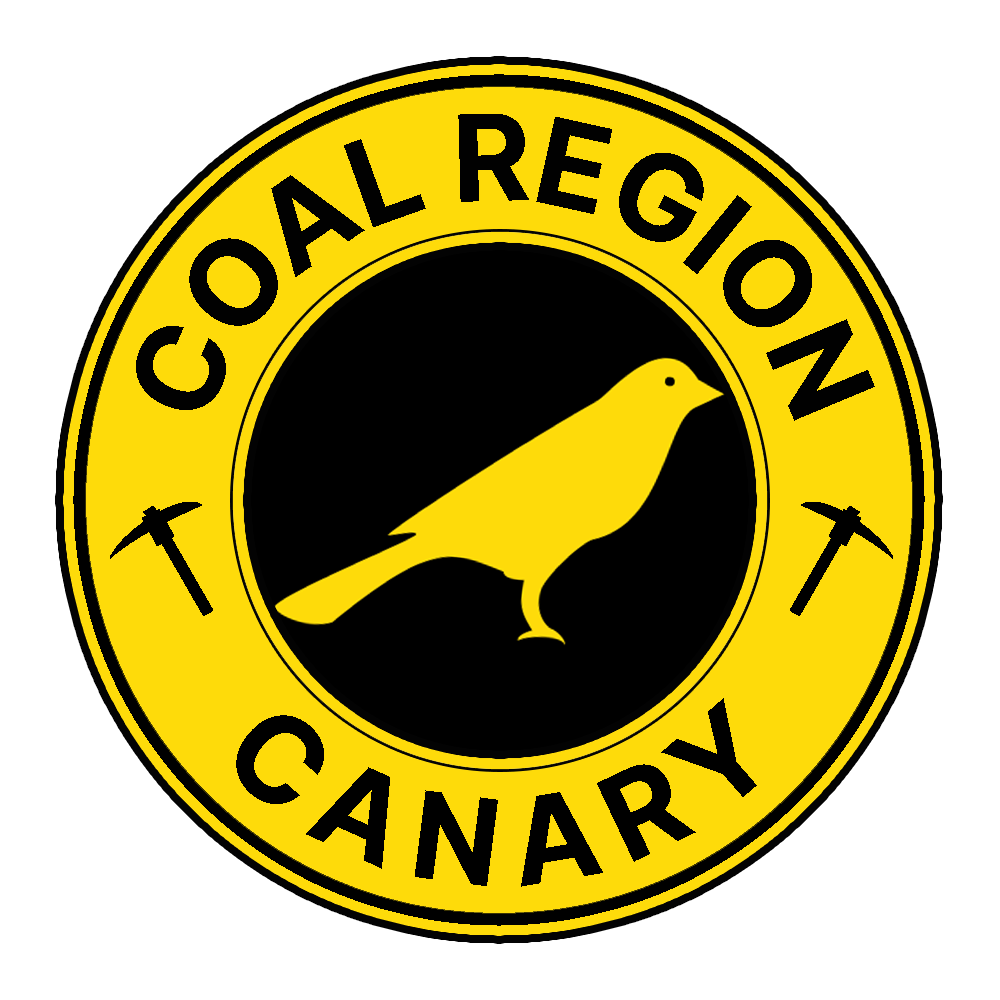











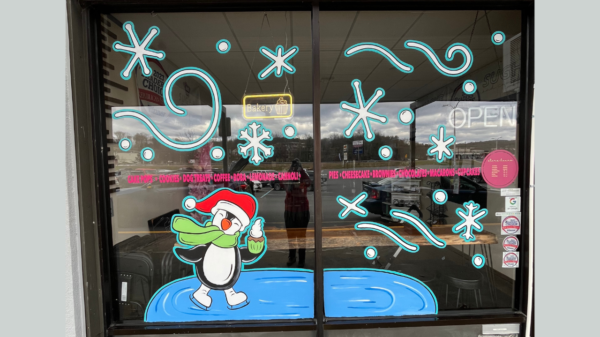






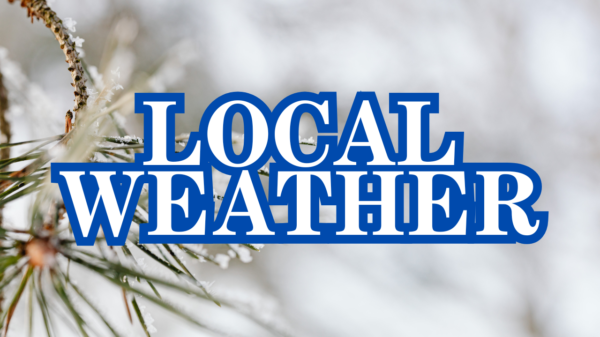

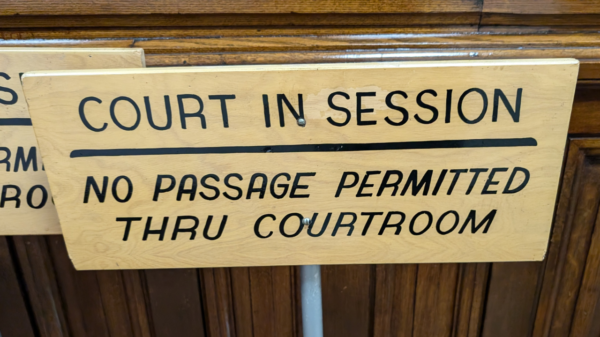














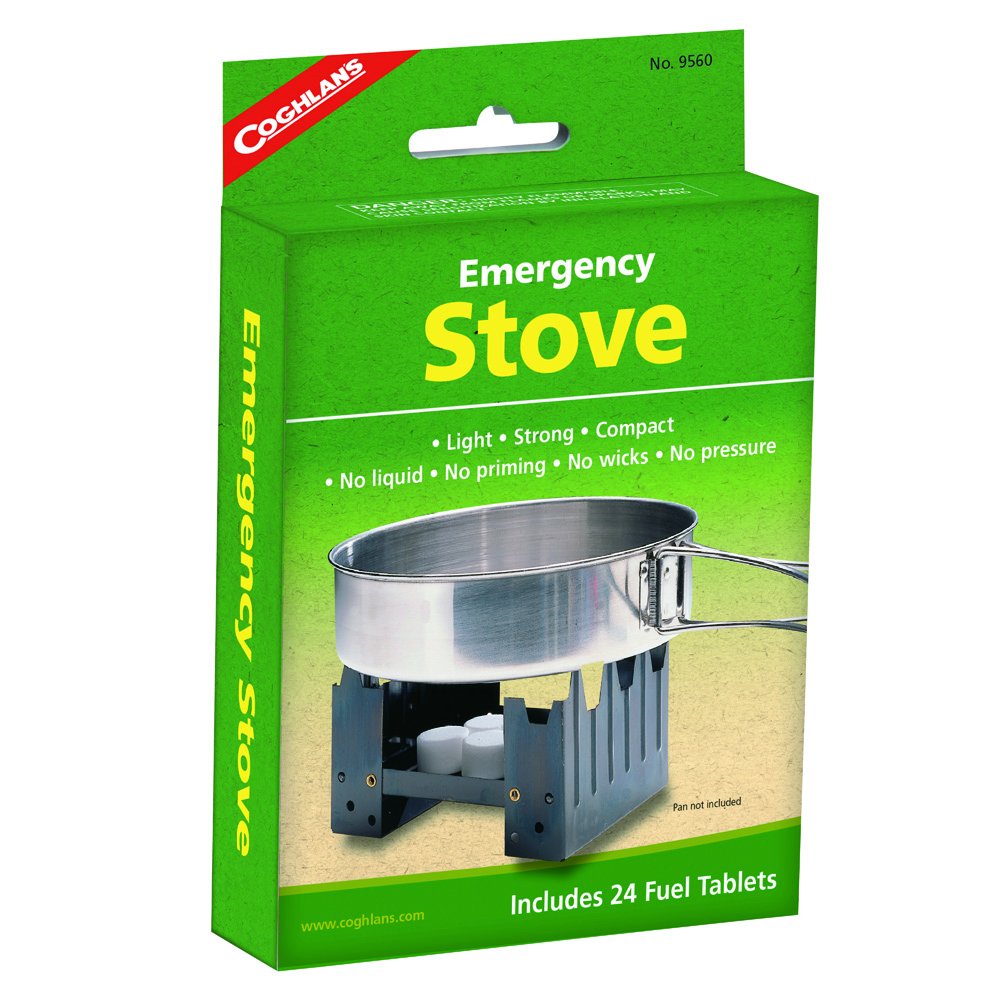
Andrea
September 5, 2020 at 7:34 am
ALSO IMPORTANT IN AN EMERGENCY:
Be sure to fill up your vehicle with gasoline as soon as you feel that you may need to evacuate your home. By the time you actually hear a mandatory evacuation warning, gas station may not have any gas left.
Don’t forget to pack your emergency food/drink supply, pets, cash (ATMs may not be working), important documents and photos with you as well.